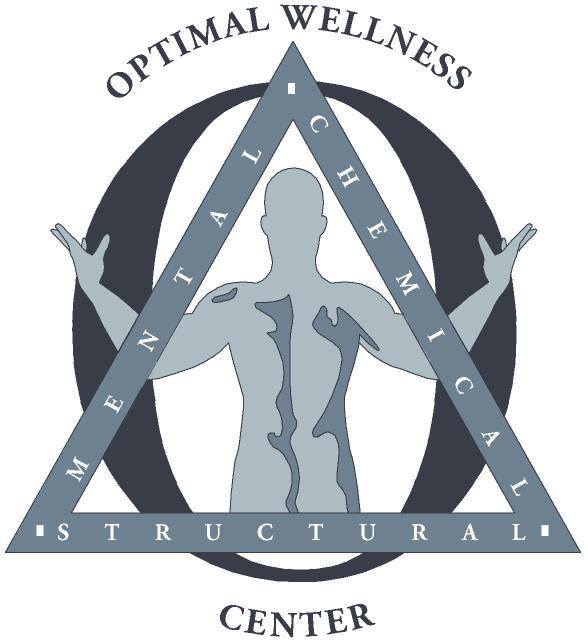Understanding Joint Instability: Causes, Symptoms, Diagnosis, and Treatment
What is Joint Instability?
At Optimal Wellness Center in Midvale, joint instability occurs when the muscles, ligaments, and bones supporting a joint weaken, failing to maintain proper alignment. This condition is often triggered by high-speed forces from car accidents or sports injuries, leading to ligament laxity. Joint instability can cause recurrent pain and a feeling of looseness in the joints, making daily tasks challenging.
Common Sites of Joint Instability
Joint instability can affect various parts of the body, including the:
Ankle
Big toe
Elbow
Hip
Knee
Neck
Shoulder
Thumb
Sacro-Iliac joint
Causes of Joint Instability
Several factors can contribute to joint instability:
Injury: Trauma from car accidents, falls, or sports can result in ligament tears or dislocations.
Overuse: Repetitive movements, common in sports like tennis or swimming, may lead to instability.
Genetics: Naturally looser joints ("double-jointed") are more prone to instability.
Symptoms of Joint Instability
Symptoms vary depending on the affected joint but can include:
Pain, especially after an injury
Frequent dislocations
Tenderness around the joint
A sensation that the joint may "give out"
Diagnosis of Joint Instability
Diagnosing joint instability at Optimal Wellness Center involves:
Physical Examination: A thorough evaluation of strength, flexibility, and symptoms.
Imaging Tests: X-rays and MRIs may be used to assess bone alignment, ligaments, and tendons.
Treatment Options for Joint Instability
Our Midvale location offers non-surgical treatments to manage joint instability. If your condition requires surgery we will refer you to our great network of the best surgeons in the area.
Non-Surgical Treatments:
Rest and avoidance of aggravating activities
Anti-inflammatory medications
Splints or braces to support the joint
Advanced treatments like prolotherapy, ozone therapy, PRP, and StemWave
Surgical Treatments:
Minimally invasive surgery to repair ligaments
Open surgery for extensive repairs
Post-surgery rehabilitation to restore joint strength and range of motion
At Optimal Wellness Center in Midvale, we specialize in creating personalized treatment plans to help restore joint stability and function.

